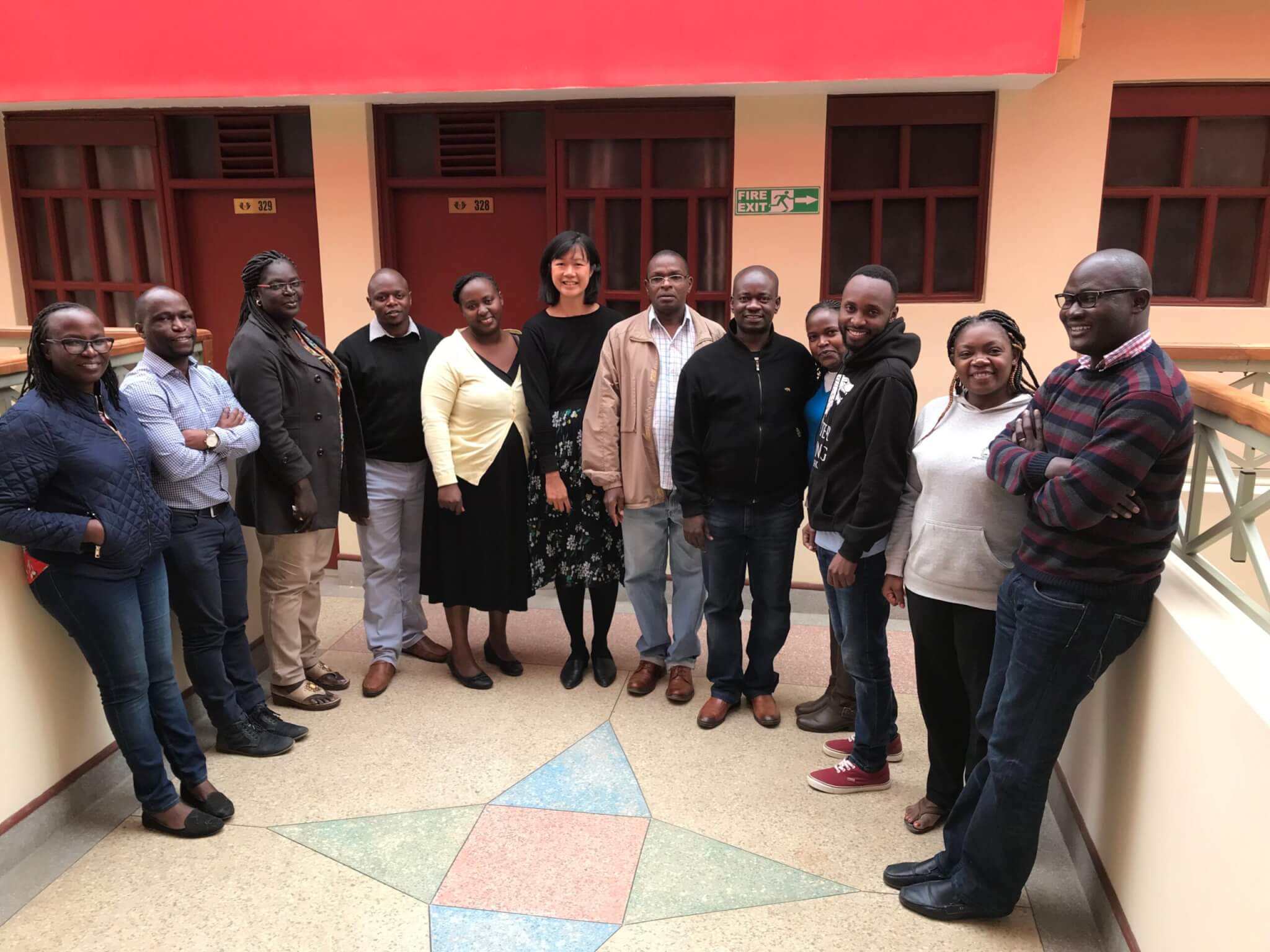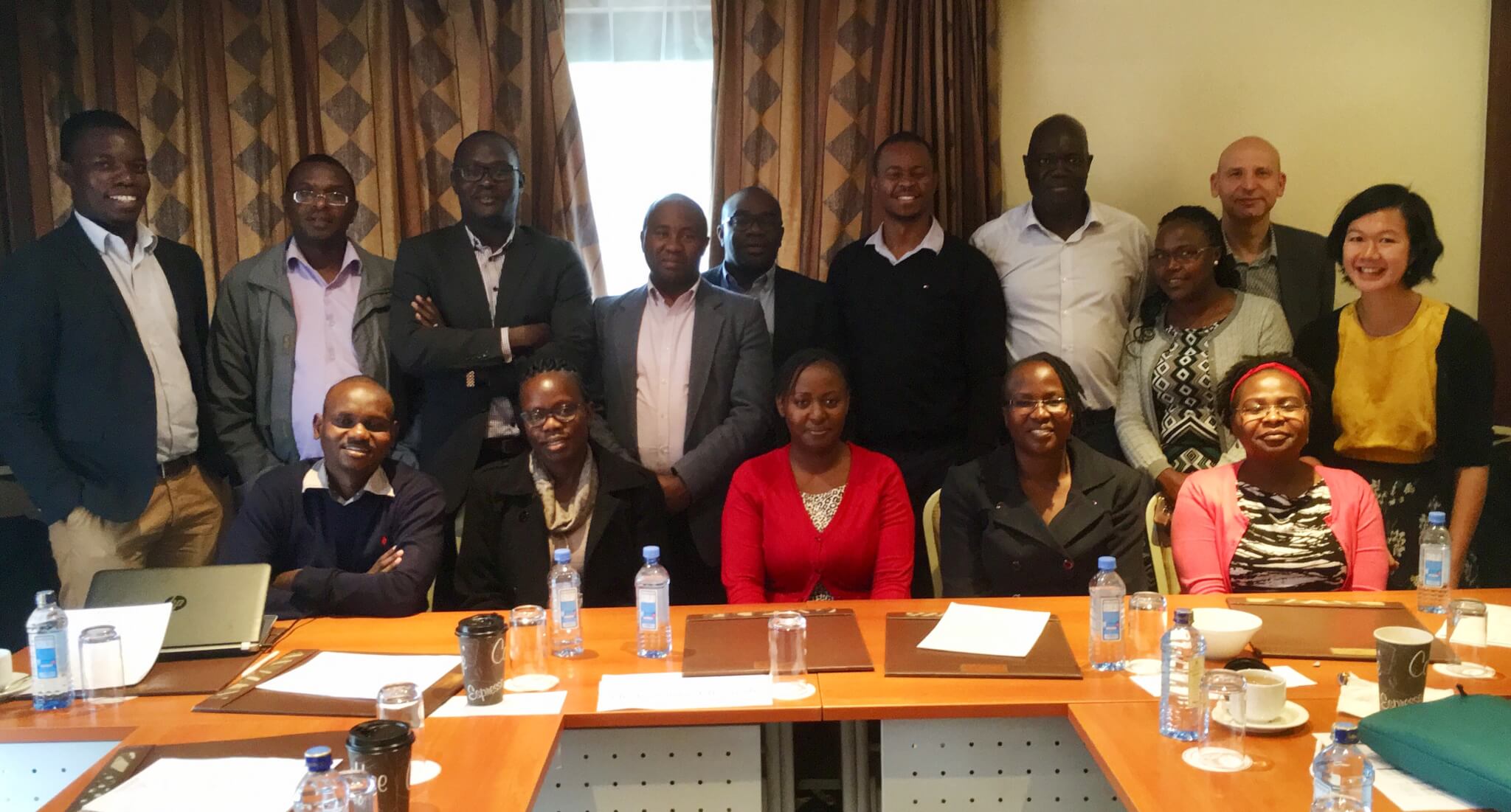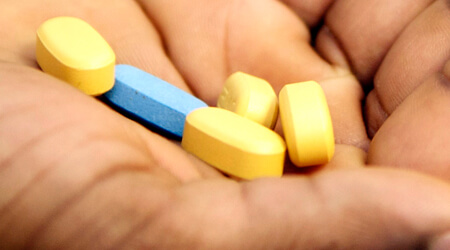Kenya
-
Kenya’s path to Universal Health Coverage (UHC) accelerated in 2018 when President Uhuru Kenyatta declared UHC and health one of the ‘four pillars’ of his presidency. Kenya has made important strides in improving life expectancy and reducing maternal and child mortality over the last decades. However, important gaps remain, especially as health inequalities between regions and socio-economic groups widen. Moreover, since 2020, Kenya has also been hit by the global COVID pandemic. As of March 24th, 2020, the country registered over 124,000 confirmed cases and 2,000 deaths. Government action was taken early in the pandemic to address COVID transmission and its impacts on the provision of essential health services.
iDSI has worked in the country since 2018, starting with analytical support to the development of the Health Benefits Package and an economic evaluation with two HIV programmes – the National AIDS and STI Control Program (NASCOP) and the National AIDS Control Council (NACC). Since then, our programme of work expanded significantly in the country. In 2019, the KEMRI-Wellcome Trust, headed by Prof. Edwine Barasa, joined iDSI as a core partner; expanding iDSI’s work outputs (to numerous projects including recently on COVID) and connections to decision-makers.
Our Impact
Through our work, we have supported several analytical outputs in the country, including:
Workshop and manuscript about HTA institutionalisation (lessons and challenges, applied to Kenya)
Capacity building and delivery of a technical project on evaluating quality improvement to support differentiated care model implementation (led by NASCOP and Imperial College London)
Supporting the government’s COVID-19 response through costing of COVID-19 patient treatment and COVID epi models
Development of HTA capacity in the country, through efforts led by KEMRI-WT and HITAP
What does it cost to treat a COVID-19 patient in Kenya?
This study was led by KEMRI-WT with funding of iDSI. The aim was to cost the case management of COVID-19 patients from a health system perspective. The team used a microcosting approach, identifying all inputs required for clinical case management, their quantities and costs. They identified inputs and their quantities from the Kenya COVID-19 case management guidelines and obtained input costs from a study of 24 healthcare facilities in Kenya, 1 health facility providing COVID-19 case management services, and market prices for selected inputs.
Some of the key messages included:
- Per patient COVID-19 case management costs in hospitals are substantial ranging from KES 21,359 per day for asymptomatic patients, KES 21,361 per day for patients with mild symptoms, KES 24,705 for patients with severe disease and KES 51,684 for critical COVID-19 patients in ICU’s
- Per patient health system costs for COVID-19 case management are driven by PPE costs which accounts for approximately 65% of total costs
- Home based care for asymptomatic and mild COVID-19 patients is 9 times cheaper to the health system compared to institutional care (hospitals or isolation centers)
- The cost savings from home care should however be weighed against feasibility of home-based care and resultant impact on health outcomes (for COVID-19 patients, and transmission risk)
- If these costs are passed on to patients to pay out of pocket, they will result in significant catastrophe and impoverishment
- It is imperative therefore for the country to develop a prepayment mechanism to provide financial risk protection to patients and households against the financial hardship that they will face if required to pay for COVID-19 case management costs out of pocket
Read the full report here
In addition to this work, KEMRI worked on a cost-effectiveness of critical versus essential care for COVID patients (forthcoming); two rounds of epidemiological modelling for COVID-19 in the country (which were used to inform the decisions to implement Non-Pharmaceutical Interventions to reduce transmission) and possible future COVID vaccine HTA.
Assessing the Indirect Health Effects of the COVID-19 pandemic in Kenya
This work was led by KEMRI-WT as part of a multi-country project managed by the Center forGlobal Development and funded by the International Decision Support Initiative (iDSI). The study employed a mixed-methods approach, combining the analysis of secondary quantitative data obtained from the Kenya Health Information System database (from January 2019 to November 2020) and a qualitative inquiry involving key informant interviews and document reviews.
Some of the key findings included:
- We observed substantial reduction (24.67%) of inpatient utilization during the COVID-19 advent-month that may be attributed to COVID-19 and its mitigation measures.
- There was a substantial increase (0.15 cases [95%CI: 0.07 to 0.22]) in sexual violence cases per out-patient department visit after the start of COVID-19 and its implementation of mitigation measures in Kenya.
- COVID-19 did not affect the financing of essential health services and domestic supply chains. However, negative effects were reported on the international supply chain for health commodities, health infrastructure, service provision and patient access to healthcare services.
- The observed negative effects are thought to be transient leading to bounce back.
- Although our findings provide insights into the early effects of the COVID-19 pandemic and its mitigation measures in Kenya, there is a need for further in-depth analyses to fully explore both the direct and indirect effects of the pandemic as more and better-quality data become available.
Read the full paper here.
Final report on Quality Improvement (QI) support to differentiated care pathways implementation
This was a unique project: the topic was scoped through lengthy consultations and was entirely led by local partners, the Global Fund to fight against AIDS, TB and Malaria, and iDSI providing support on research methods, analysis and write-up. This modality of collaboration ensured that the study focus was aligned with future programming plans and strategic policy interests, and that the overall research being conducted with local ownership throughout.
The study looks at the use of Quality Improvement to support the roll out of one of the most important changes in HIV/AIDs clinical guidelines in the country and one of the most important global trends in HIV care of the recent years. The study followed a simple yet robust evaluation method relying on a single end-point evaluation between intervention and control facilities, identified through propensity score matching (PSM). The study showed that the implementation of QI was linked to an increase in patient satisfaction, increase in viral suppression and higher quality of life (among many areas that were investigated in the study). 82% of providers in intervention sites reported that the intervention helped them improve their knowledge of DC pathways very much.
The study also applied time driven activity based costing to estimate the costs of providing ART in control and intervention groups. 516 KES (or less than 5 dollars) per patient per year (a health systems perspective was adopted for costing). Overall costs varied significantly across facilities (e.g. based on facility size) and across different patient groups (e.g. between stable and unstable patients).
See full press release and report here.
Impact
Support to the Ministry of Health and Government of Kenya on COVID-19 response, at the time when policy needs and pressure were extremely acute.
On-going work on institutionalisation of HTA in the country, led by the Ministry of Health, iDSI teams supporting on analytics on request from the decision-makers.
Training of technical staff based in government agencies on HTA, including advanced modelling.
Joint production of an economic evaluation that led to greater awareness on methods, capacity building and was considered when discussing scale up of pilot programme.
Featured News/Events

Final report is out! Evaluation of the Quality Improvement Support to Differentiated Care Models for Anti-Retroviral Therapy in Kenya
27.01
Spotlight on: iDSI, Sida and CHAI session on health financing towards Universal Health Coverage at Global Symposium on Health Systems Research
31.10
iDSI delivers workshop on supporting evidence generation for differentiated care models for ART delivery in Kenya
26.07